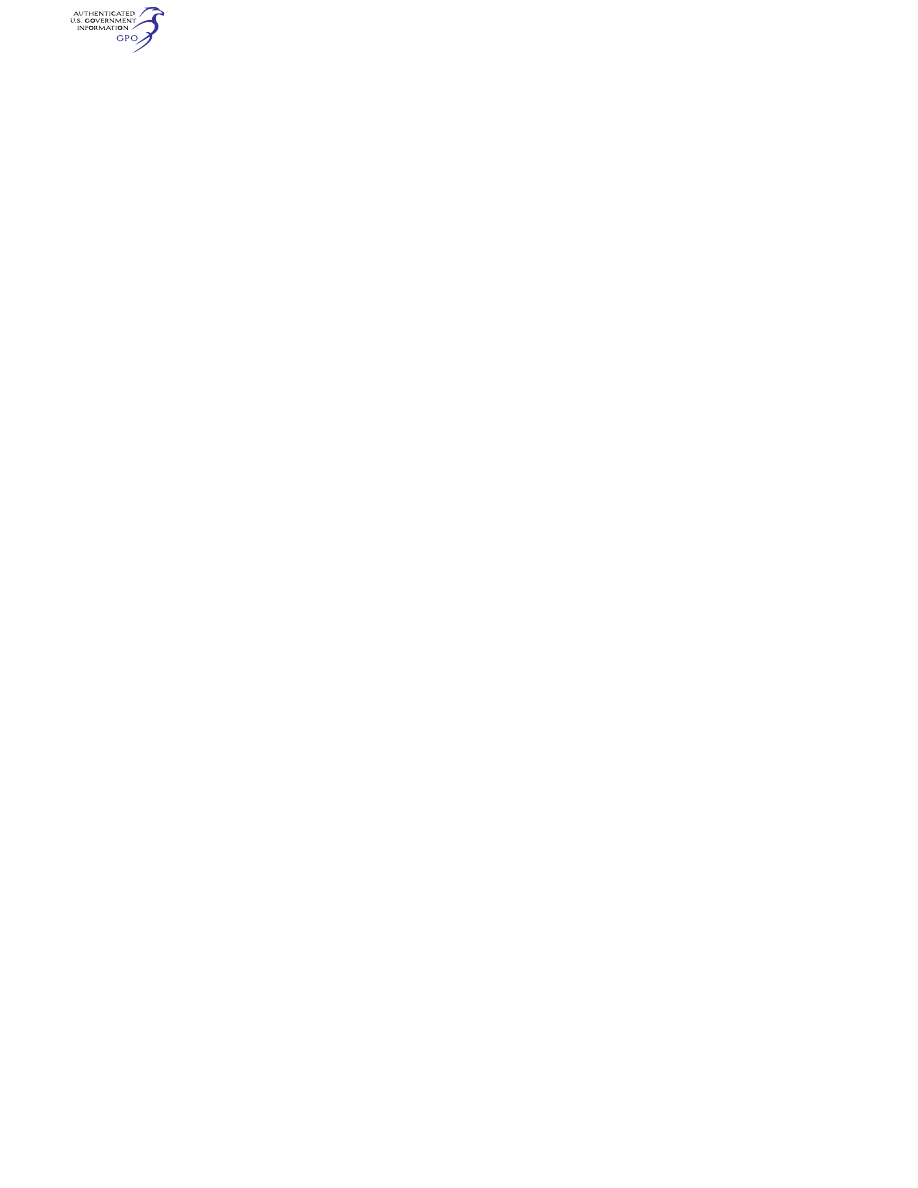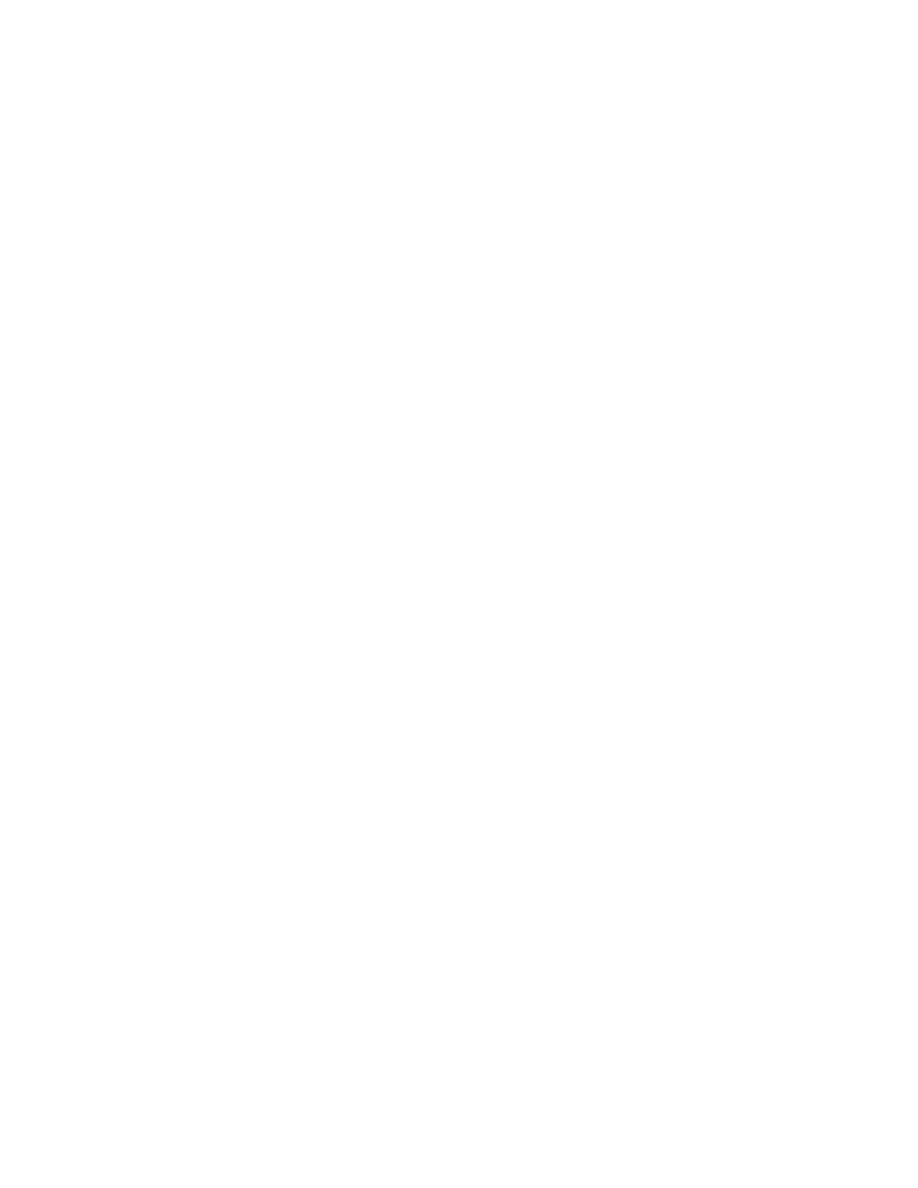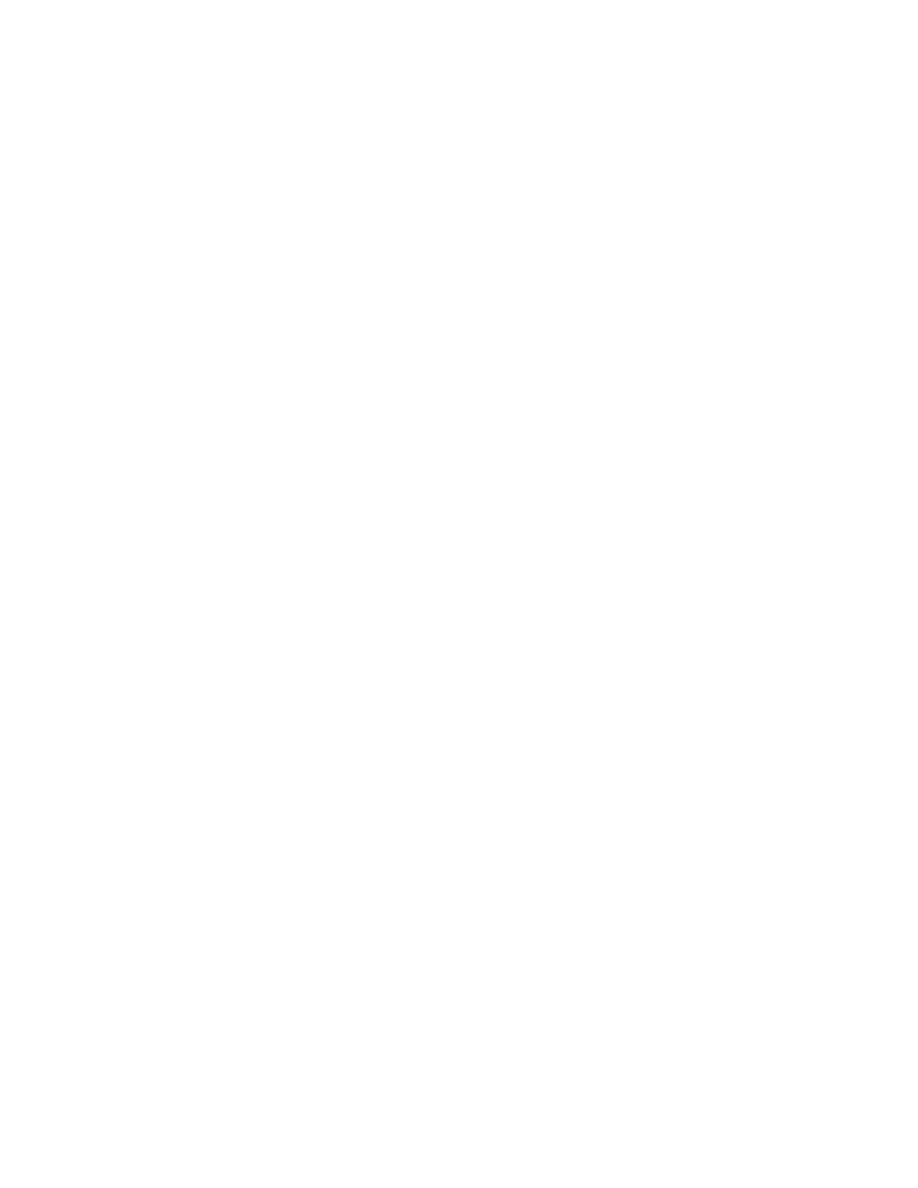
570
14 CFR Ch. I (1–1–24 Edition)
§ 61.195
§ 61.195
Flight instructor limitations
and qualifications.
A person who holds a flight instruc-
tor certificate is subject to the fol-
lowing limitations:
(a)
Hours of training. In any 24-con-
secutive-hour period, a flight instruc-
tor may not conduct more than 8 hours
of flight training.
(b)
Aircraft ratings. Except as pro-
vided in paragraph (c) of this section, a
flight instructor may not conduct
flight training in any aircraft unless
the flight instructor:
(1) Holds a flight instructor certifi-
cate with the applicable category and
class rating;
(2) Holds a pilot certificate with the
applicable category and class rating;
and
(3) Meets the requirements of para-
graph (e) of this section, if applicable.
(c)
Instrument rating. A flight instruc-
tor may conduct instrument training
for the issuance of an instrument rat-
ing, a type rating not limited to VFR,
or the instrument training required for
commercial pilot and airline transport
pilot certificates if the following re-
quirements are met:
(1) Except as provided in paragraph
(c)(2) of this section, the flight instruc-
tor must hold an instrument rating ap-
propriate to the aircraft used for the
instrument training on his or her flight
instructor certificate, and—
(i) Meet the requirements of para-
graph (b) of this section; or
(ii) Hold a commercial pilot certifi-
cate or airline transport pilot certifi-
cate with the appropriate category and
class ratings for the aircraft in which
the instrument training is conducted
provided the pilot receiving instrument
training holds a pilot certificate with
category and class ratings appropriate
to the aircraft in which the instrument
training is being conducted.
(2) If the flight instructor is con-
ducting the instrument training in a
multiengine airplane, the flight in-
structor must hold an instrument rat-
ing appropriate to the aircraft used for
the instrument training on his or her
flight instructor certificate and meet
the requirements of paragraph (b) of
this section.
(d)
Limitations on endorsements. A
flight instructor may not endorse a:
(1) Student pilot’s logbook for solo
flight privileges, unless that flight in-
structor has—
(i) Given that student the flight
training required for solo flight privi-
leges required by this part; and
(ii) Determined that the student is
prepared to conduct the flight safely
under known circumstances, subject to
any limitations listed in the student’s
logbook that the instructor considers
necessary for the safety of the flight.
(2) Student pilot’s logbook for a solo
cross-country flight, unless that flight
instructor has determined the stu-
dent’s flight preparation, planning,
equipment, and proposed procedures
are adequate for the proposed flight
under the existing conditions and with-
in any limitations listed in the logbook
that the instructor considers necessary
for the safety of the flight;
(3) Student pilot’s logbook for solo
flight in a Class B airspace area or at
an airport within Class B airspace un-
less that flight instructor has—
(i) Given that student ground and
flight training in that Class B airspace
or at that airport; and
(ii) Determined that the student is
proficient to operate the aircraft safe-
ly.
(4) Logbook of a recreational pilot,
unless that flight instructor has—
(i) Given that pilot the ground and
flight training required by this part;
and
(ii) Determined that the recreational
pilot is proficient to operate the air-
craft safely.
(5) Logbook of a pilot for a flight re-
view, unless that instructor has con-
ducted a review of that pilot in accord-
ance with the requirements of § 61.56(a)
of this part; or
(6) Logbook of a pilot for an instru-
ment proficiency check, unless that in-
structor has tested that pilot in ac-
cordance with the requirements of
§ 61.57(d) of this part.
(e)
Training in an aircraft that requires
a type rating. A flight instructor may
not give flight instruction, including
instrument training, in an aircraft
that requires the pilot in command to
hold a type rating unless the flight in-
structor holds a type rating for that
aircraft on his or her pilot certificate.
VerDate Sep<11>2014
14:00 Mar 14, 2024
Jkt 262047
PO 00000
Frm 00580
Fmt 8010
Sfmt 8002
Q:\14\14V2.TXT
PC31
aworley on LAPBH6H6L3 with DISTILLER

571
Federal Aviation Administration, DOT
§ 61.195
(f)
Training received in a multiengine
airplane, a helicopter, or a powered-lift. A
flight instructor may not give training
required for the issuance of a certifi-
cate or rating in a multiengine air-
plane, a helicopter, or a powered-lift
unless that flight instructor has at
least 5 flight hours of pilot-in-com-
mand time in the specific make and
model of multiengine airplane, heli-
copter, or powered-lift, as appropriate.
(g)
Position in aircraft and required
pilot stations for providing flight training.
(1) A flight instructor must perform all
training from in an aircraft that com-
plies with the requirements of § 91.109
of this chapter.
(2) A flight instructor who provides
flight training for a pilot certificate or
rating issued under this part must pro-
vide that flight training in an aircraft
that meets the following require-
ments—
(i) The aircraft must have at least
two pilot stations and be of the same
category, class, and type, if appro-
priate, that applies to the pilot certifi-
cate or rating sought.
(ii) For single-place aircraft, the pre-
solo flight training must have been
provided in an aircraft that has two
pilot stations and is of the same cat-
egory, class, and type, if appropriate.
(h)
Qualifications of the flight instruc-
tor for training first-time flight instructor
applicants. (1) The ground training pro-
vided to an initial applicant for a flight
instructor certificate must be given by
an authorized instructor who—
(i) Holds a ground or flight instructor
certificate with the appropriate rating,
has held that certificate for at least 24
calendar months, and has given at
least 40 hours of ground training; or
(ii) Holds a ground or flight instruc-
tor certificate with the appropriate
rating, and has given at least 100 hours
of ground training in an FAA-approved
course.
(2) Except for an instructor who
meets the requirements of paragraph
(h)(3)(ii) of this section, a flight in-
structor who provides training to an
initial applicant for a flight instructor
certificate must—
(i) Meet the eligibility requirements
prescribed in § 61.183 of this part;
(ii) Hold the appropriate flight in-
structor certificate and rating;
(iii) Have held a flight instructor cer-
tificate for at least 24 months;
(iv) For training in preparation for
an airplane, rotorcraft, or powered-lift
rating, have given at least 200 hours of
flight training as a flight instructor;
and
(v) For training in preparation for a
glider rating, have given at least 80
hours of flight training as a flight in-
structor.
(3) A flight instructor who serves as a
flight instructor in an FAA-approved
course for the issuance of a flight in-
structor rating must hold a flight in-
structor certificate with the appro-
priate rating and pass the required ini-
tial and recurrent flight instructor pro-
ficiency tests, in accordance with the
requirements of the part under which
the FAA-approved course is conducted,
and must—
(i) Meet the requirements of para-
graph (h)(2) of this section; or
(ii) Have trained and endorsed at
least five applicants for a practical test
for a pilot certificate, flight instructor
certificate, ground instructor certifi-
cate, or an additional rating, and at
least 80 percent of those applicants
passed that test on their first attempt;
and
(A) Given at least 400 hours of flight
training as a flight instructor for
training in an airplane, a rotorcraft, or
for a powered-lift rating; or
(B) Given at least 100 hours of flight
training as a flight instructor, for
training in a glider rating.
(i)
Prohibition against self-endorse-
ments. A flight instructor shall not
make any self-endorsement for a cer-
tificate, rating, flight review, author-
ization, operating privilege, practical
test, or knowledge test that is required
by this part.
(j)
Additional qualifications required to
give training in Category II or Category
III operations. A flight instructor may
not give training in Category II or Cat-
egory III operations unless the flight
instructor has been trained and tested
in Category II or Category III oper-
ations, pursuant to § 61.67 or § 61.68 of
this part, as applicable.
(k)
Training for night vision goggle op-
erations. A flight instructor may not
VerDate Sep<11>2014
14:00 Mar 14, 2024
Jkt 262047
PO 00000
Frm 00581
Fmt 8010
Sfmt 8002
Q:\14\14V2.TXT
PC31
aworley on LAPBH6H6L3 with DISTILLER

572
14 CFR Ch. I (1–1–24 Edition)
§ 61.197
conduct training for night vision gog-
gle operations unless the flight instruc-
tor:
(1) Has a pilot and flight instructor
certificate with the applicable cat-
egory and class rating for the training;
(2) If appropriate, has a type rating
on his or her pilot certificate for the
aircraft;
(3) Is pilot in command qualified for
night vision goggle operations, in ac-
cordance with § 61.31(k);
(4) Has logged 100 night vision goggle
operations as the sole manipulator of
the controls;
(5) Has logged 20 night vision goggle
operations as the sole manipulator of
the controls in the category and class,
and type of aircraft, if aircraft class
and type is appropriate, that the train-
ing will be given in;
(6) Is qualified to act as pilot in com-
mand in night vision goggle operations
under § 61.57(f) or (g); and
(7) Has a logbook endorsement from
an FAA Aviation Safety Inspector or a
person who is authorized by the FAA to
provide that logbook endorsement that
states the flight instructor is author-
ized to perform the night vision goggle
pilot in command qualification and re-
cent flight experience requirements
under § 61.31(k) and § 61.57(f) and (g).
(l)
Training on control and maneu-
vering an aircraft solely by reference to
the instruments. A flight instructor may
conduct flight training on control and
maneuvering an airplane solely by ref-
erence to the flight instruments, pro-
vided the flight instructor—
(1) Holds a flight instructor certifi-
cate with the applicable category and
class rating; or
(2) Holds an instrument rating appro-
priate to the aircraft used for the
training on his or her flight instructor
certificate, and holds a commercial
pilot certificate or airline transport
pilot certificate with the appropriate
category and class ratings for the air-
craft in which the training is con-
ducted provided the pilot receiving the
training holds a pilot certificate with
category and class ratings appropriate
to the aircraft in which the training is
being conducted.
[Doc. No. 25910, 62 FR 16298, Apr. 4, 1997;
Amdt. 61–103, 62 FR 40907, July 30, 1997;
Amdt. 61–124, 74 FR 42561, Aug. 21, 2009; Dock-
et FAA–2010–1127, Amdt. 61–135, 81 FR 1307,
Jan. 12, 2016; Docket FAA–2016–6142, Amdt.
61–142, 83 FR 30729, June 27, 2018]
§ 61.197
Renewal requirements for
flight instructor certification.
(a) A person who holds a flight in-
structor certificate that has not ex-
pired may renew that flight instructor
certificate by—
(1) Passing a practical test for—
(i) One of the ratings listed on the
current flight instructor certificate; or
(ii) An additional flight instructor
rating; or
(2) Submitting a completed and
signed application with the FAA and
satisfactorily completing one of the
following renewal requirements—
(i) A record of training students
showing that, during the preceding 24
calendar months, the flight instructor
has endorsed at least 5 students for a
practical test for a certificate or rating
and at least 80 percent of those stu-
dents passed that test on the first at-
tempt.
(ii) A record showing that, within the
preceding 24 calendar months, the
flight instructor has served as a com-
pany check pilot, chief flight instruc-
tor, company check airman, or flight
instructor in a part 121 or part 135 oper-
ation, or in a position involving the
regular evaluation of pilots.
(iii) A graduation certificate showing
that, within the preceding 3 calendar
months, the person has successfully
completed an approved flight instruc-
tor refresher course consisting of
ground training or flight training, or a
combination of both.
(iv) A record showing that, within
the preceding 24 months from the
month of application, the flight in-
structor passed an official U.S. Armed
Forces military instructor pilot or
pilot examiner proficiency check in an
aircraft for which the military instruc-
tor already holds a rating or in an air-
craft for an additional rating.
(b) The expiration month of a re-
newed flight instructor certificate
shall be 24 calendar months from—
VerDate Sep<11>2014
14:00 Mar 14, 2024
Jkt 262047
PO 00000
Frm 00582
Fmt 8010
Sfmt 8002
Q:\14\14V2.TXT
PC31
aworley on LAPBH6H6L3 with DISTILLER


